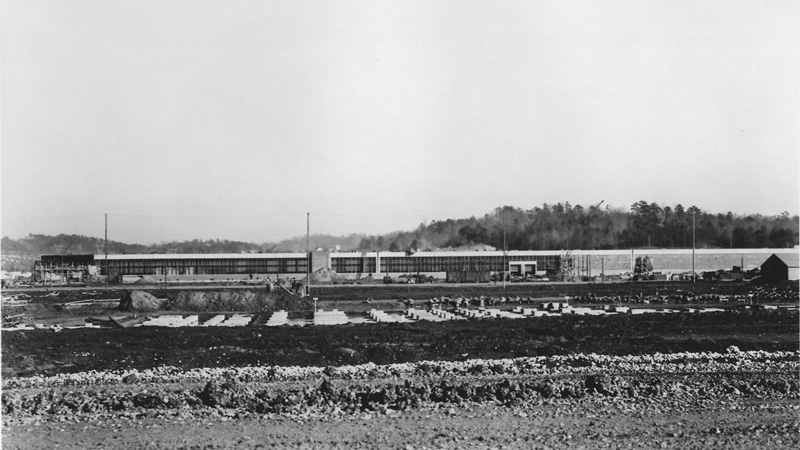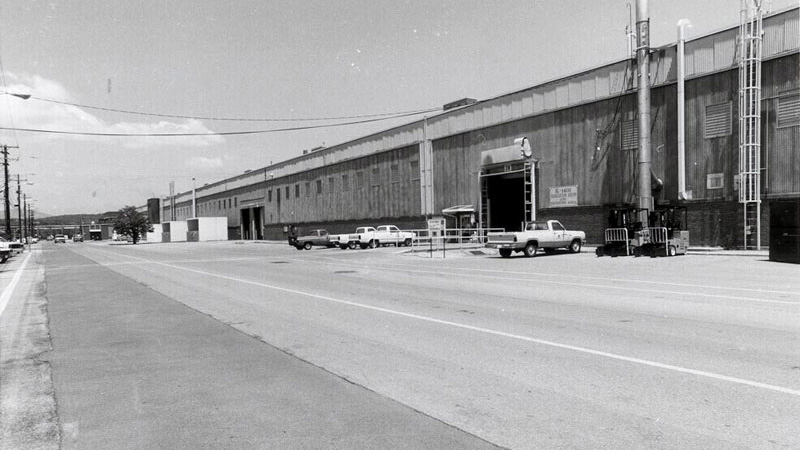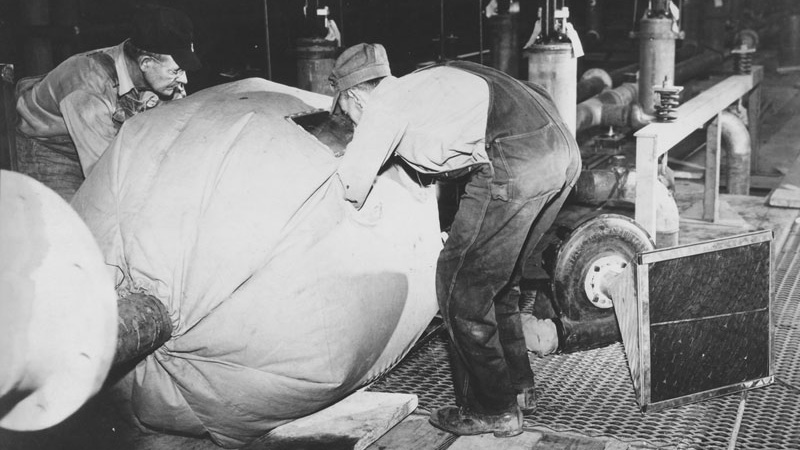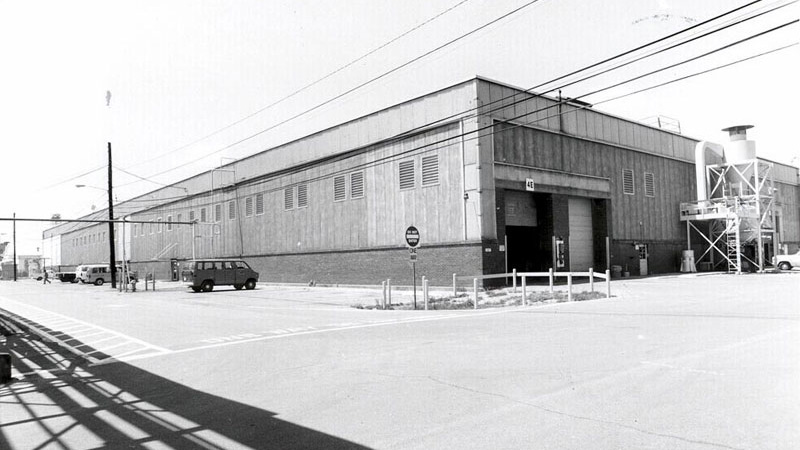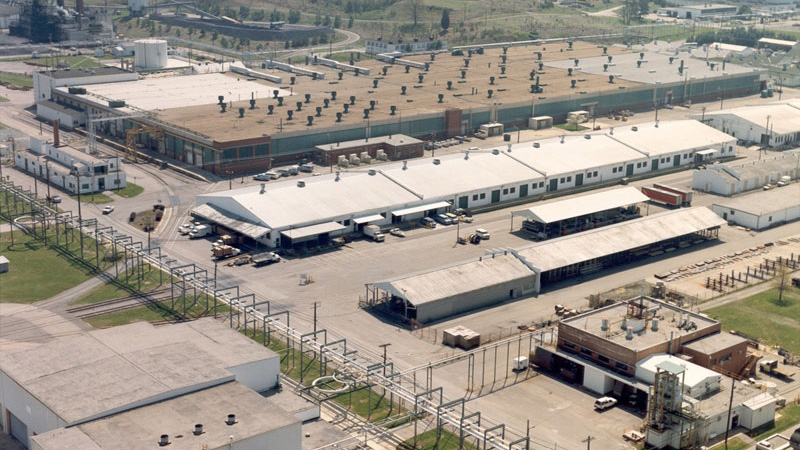THE WAR EFFORT IN EAST TENNESSEE
Cleanliness
Engineers established rigid specifications to assure the internal cleanliness of all piping and equipment to be used in the enrichment process. Specifications for the process gas (UF6) piping were the most stringent but requirements for coolant, nitrogen, air, and lubrication piping systems were also quite rigorous. Cleanliness standards also included compressors, converters, instruments, and service lines.
While some cleaning occurred at the manufacturing facilities supplying piping and equipment assemblies, additional cleaning was performed onsite. Workers cleaned pipes and fittings by degreasing them with solvents, then further cleaning with a variety of other chemicals, rinsed, then allowed to dry. The open ends were then sealed to prevent loss of cleanliness control. The equipment was then sent to the process building for installation. In addition, workers adhered to a strict cleanliness control program inside the process building during construction and equipment installation to minimize the introduction of foreign material into the process or auxiliary systems.
With approximately 100 miles of piping and thousands of pieces of equipment needed for the K-25 Building, it was soon realized that additional cleaning facilities would be needed. Six temporary cleaning facilities were built that included the Sandblast Building, Pipe Degreasing, Pipe Cleaning Building No. 1, Degreasing Shed No. 2, Motor Cleaning, and Steam Shed.
Conditioning
To prevent corrosion, piping and process equipment that would be exposed to process gas (UF6) was conditioned with fluorine gas before installation. Since the exposed surfaces were nickel plated, the conditioning process would create a nickel-fluoride film on the exposed surfaces. This film stopped additional corrosion during subsequent exposure to process gas.
Process equipment arrived onsite from various contractors around the country. The tank-like devices containing the separating medium for the gaseous diffusion process, referred to as "converters" were placed in furnaces located in the north end of K-1401. The unit was then heated and fluorine was pumped into the interior of the equipment. Once treated, the fluorine was removed and the equipment was allowed to cool. Workers in K-1401 conditioned 3,180 converters and 6,360 compressors in preparation for K-25 startup. Conditioning with fluorine was also performed in the K-25 Building to ensure that all piping and weld joints were properly conditioned prior to introduction of process gas.
<< BACK


